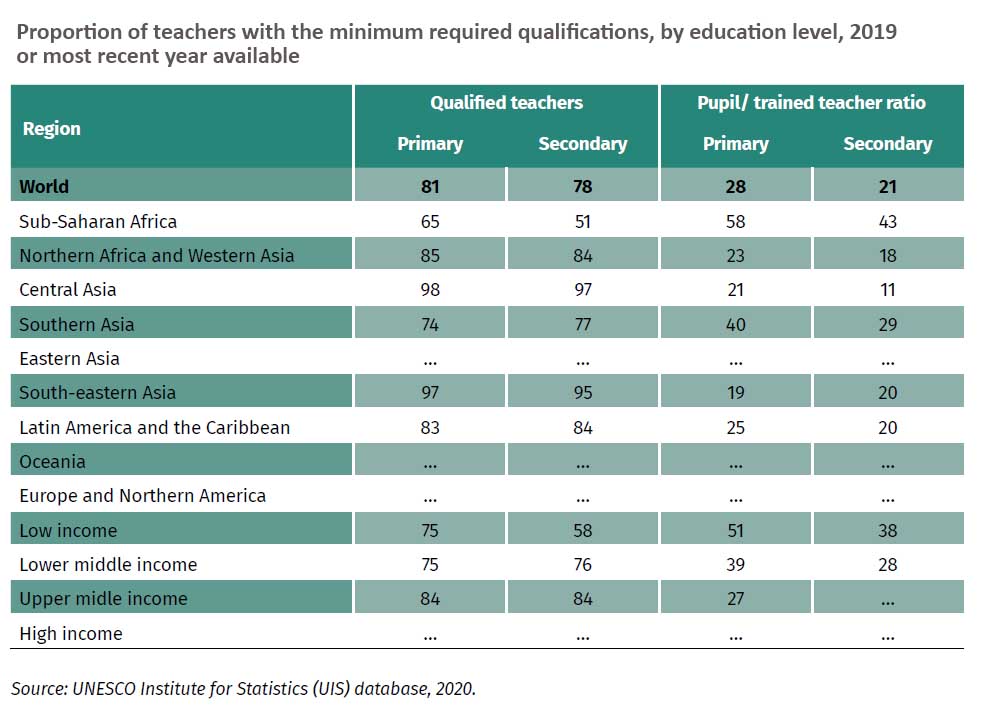Efficient teaching strategies for distance learning: Supporting teachers’ continuous professional development in the digital age
Context
The COVID-19 pandemic has paralyzed education systems around the world, which caused 172 country-wide closures with more than 1.5 million learners affected at the peak time, including the Arab States where the education of nearly 86 million Arab learners has been suspended. More than 90 percent of ministries of education worldwide have been adopting the policy to provide different forms of distance learning, including internet/PC, TV and radio. In the Middle East and North Africa Region, there are 52 percent of students potentially reached by TV, 26 percent of students by internet/PC, and 2 percent students by radio. However, the educational personnel have not received the necessary training to provide quality distance education, and they lack the skills and competencies to plan and provide distance education and evaluate learning outcomes and students’ progress. The result of a complementary survey conducted by UNESCO Beirut Office underscored that teachers need to be better trained to teach online classes with around 45% responses, especially to be more interactive, to ensure students’ understandings, and to have better instructional designs. Consequently, teachers need support, training and professional development opportunities to quickly adapt to pedagogical shifts, enhance their performance, build their capacities to be able to provide quality distance education and identify and respond to learners' needs more efficiently during the COVID-19 pandemic and thereafter.
In light of the above, UNESCO Beirut and the Arab Bureau of Education for the Gulf States (ABEGS) have joined efforts to organize a webinar on efficient teaching strategies for distance learning targeting teachers to support them in continuing professional development and provide them with the scaffolding they need to better deliver distance education and meet their students’ needs.
The main goal of this webinar will be to build the capacities of teachers in the Arab region to deliver quality distance education more efficiently. The webinar will thus serve as a platform to share knowledge and good practices for the efficient delivery of distance education starting from lesson plan to delivery and learning outcome assessment.
Expected Outcomes
- Strengthened teachers’ capacities and their understanding of the key considerations and recommendations in effective distance education planning, delivery and learning outcome assessment.
- Enhanced preparedness and readiness of teachers for pedagogical shifts to overcome commonly heightened challenges such as adjustment of instructional design to promote learners motivation, high risk of students’ disengagement, sharing good practices and resources among teacher
Target Audience
The target audience will include academia, teachers and educators, as well as any other relevant educational practitioners involved in education and distance learning.
Registration
- Registration is free and required in advance. Password: 760258
- Once you register, a unique join URL will be sent to your email.
Live Transmission on YouTube
Live streaming will be provided for those who might not be able to register in advance or to join due to limited capacity of the platform.
Languages
The webinar will be conducted in Arabic and English. Interpretation services will be provided.
